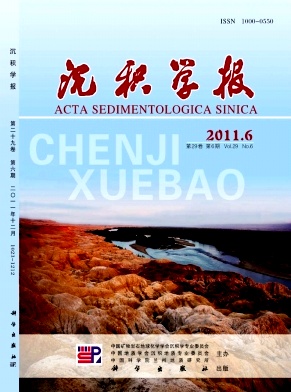Sedimentary Process Simulation after Dongping Mining Engineering at Pearl River Mouth
- Publish Date: 2011-12-10
-
Key words:
- Zhaosu section /
- loess grain size /
- the last glaciation /
- central Asian /
- climate change
Zhaosu section
Abstract: This paper presents a databased study of water level, tide level, tidal currents, sediment type and sediment grain size, winds, runoff, subaqueous bedforms and so on including the application of ECOMSED model to analyze related sediment transporting parameters and forecast hydrodynamic condition and sedimentary processes in the study area. The results showed that sedimentary processes decreased from a rate of 2~5cm/a in northeast to 0.2~0.5cm/a in southwest. In particular, the sedimentation rate got to 5~10cm each year at the northeast of the study area because it is closed to the Pearl River Mouth and easy to get sediment supply from the river mouth. However, the depositional depth was only 0.2~0.5 cm each year at southeast and southwest of the area because tidal currents played a great role in sediment transport in this area. Suspended sediment concentration increased 42.5 mg/L at most in one tidal period. Along coasts, suspended sediment of 10mg/L could be transported to 3.0 km away at EW and 2.2 km away at SN. Around offshore area, suspended sediment of 10 mg/L could be taken to 1.7 km away at EW and 1.6 km away at SN. The largest erosional rate was 10 cm/a and the largest depositional rate was 13 cm/a at the Pearl River Mouth. Furthermore, the exploitation of sea sand has affected the deposition and erosion near the sea area of engineering and had no obvious influence in the Pearl River mouth and coastal area. According to calculation, if a 10m deep pit was excavated at the water area with the depth of 30~60 m, the exploitation area would need 200 years or longer to restore original topography at a sedimentation rate of 0.2~5 cm/a.
| Citation: | Sedimentary Process Simulation after Dongping Mining Engineering at Pearl River Mouth[J]. Acta Sedimentologica Sinica, 2011, 29(6): 1164-1169. |






 DownLoad:
DownLoad: